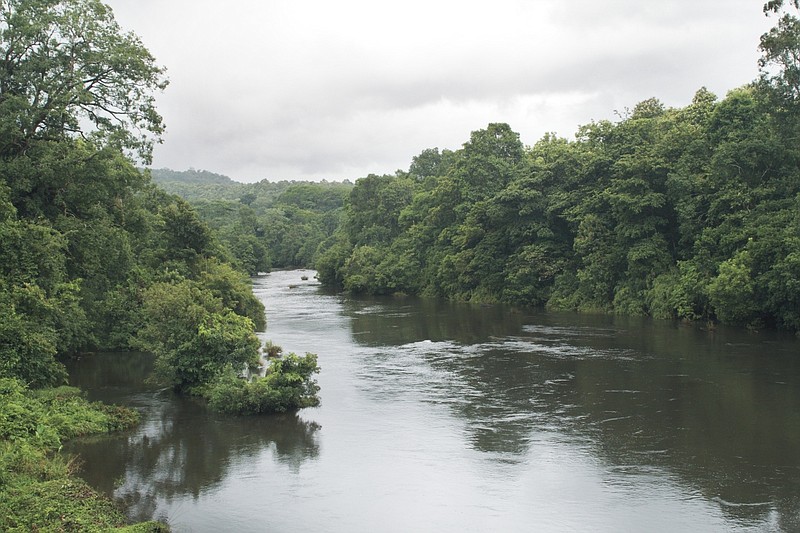The steering committee of the Clean Rivers Program heard reports on the Cypress River Basin, Jim Chapman Lake and Wright Patman Lake during their annual meeting Thursday.
Robert Speight, CRP team leader for water quality for the Northeast Texas Municipal Water District, told the committee the Cypress River Basin has had a watershed protection program (WPP) since 2007 and said stakeholder input and partnerships were instrumental in putting things in place to protect that area.
"Working together is the key. Partnerships are where it's at," he said. "None of the entities have the money to do all this by themselves. It really makes things easier and they go a lot smoother. It makes people a lot happier in the basin and they feel like they're involved, they're engaged."
Speight also emphasized the importance of seeking grant money from state and local entities, including the Texas Commission for Environmental Quality, to fund studies within basins.
"These Clean River Programs are so important because they give you a baseline of what's there," he said. "Also, the continued monitoring after you've put in your WPP lets you know (what is happening.) It helps having that program in place."
The CRP, adminstered by the TCEQ, is designed to monitor water quality plus maintain or improve the quality of water within the state's river basins. The Sulphur River Basin Authority coordinates the CRP, with steering committee members representing stakeholder interests within the basin. Brooke Noack, CRP project manager for the North Texas Municipal Water District, spoke on the monitoring of Jim Chapman Lake, which is one of several water sources serving the NTMWD. They have 10 member cities and currently serves a population of 1.6 million. That number is projected to rise to 3.7 million by 2070, creating a gap in essential water resources, she said.
"It's about two times up from where we're at right now with the existing sources we have, so they're constantly looking for water," Noack said.
NTWMD is a member of the Joint Committee for Economic Development(JCPD), a group funding the Sulphur River Basin Authority's feasibility study to determine the possibility of reallocating Wright Patman as a water source for the Dallas Metroplex. The cities of Dallas and Irving, the Tarrant Regional Water District and the Upper Trinity are also part of the group,
as is SRBA.
Dr. Ken Crane, CRP field manager at Texarkana College, studies Wright Patman for the program, and gave an overview of how they study the water quality of the reservoir and surrounding streams. Crane pointed out the issues with Days Creek, which contains chemicals used in creosote production. It's on the TCEQ's 303(d) list of impaired waters, which means it's monitored regularly. Dr. Mike Buttram, who oversees the CRP for SRBA, said they have completed two in-depth studies on the creek. He added that the chemicals are deep in the ground, but when the sediment is stirred up, they rise to the surface.
"When the rain is really cutting a lot of sediment, you can smell it in the air," Buttram said. "When it floods, it carries all over that bottom. Then it's silted in on top of it. Keep going along certain places, you can see it kind of seeping out into the stream."
The property is owned by Tronox, formerly known as Kerr-McGee Chemical. Buttram said they are taking several steps to remove the chemicals from the groundwater, including drilling wells, then pumping the contaminated water out, filtering it and returning it to the water supply.
The full 2016 Basin Highlights Report is available at sulphurr.org

